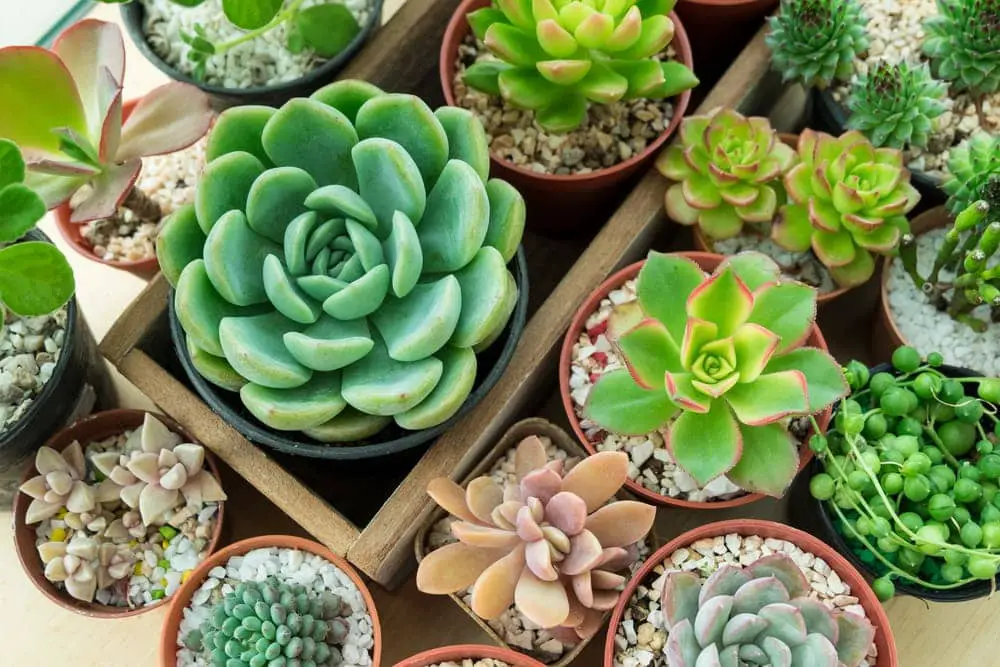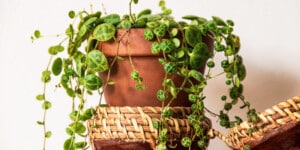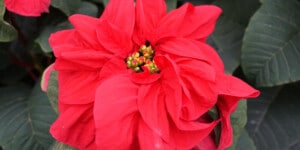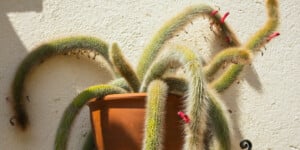This plant is a native to central and southern American and Mexico. They are a great plant to grow in containers both inside and outdoors.
Sometimes, the smaller varieties are used as part of carpet bedding for gardens. Read on to learn how to grow these wonderful succulents
What it Looks Like
As mentioned, this is succulent and very popular as a houseplant. It has a rosette shape with a large variety of colors, and plump leaves. The choice of colors resembles flowers so it makes them very easy to decorate with. They are low maintenance.
Echeveria Plant Care and Growing Guide
1. Light
They require a substantial amount of light to thrive. Each day they need to receive at least four to five hours of bright, direct light. During the summer months, putting it outdoors will help.
2. Water
For the care of the Echeveria plant, watering is the most important aspect. Being a succulent, they do not require much water. It is best to under-water than over-water. Before you water your Echeveria plant make sure that the soil has completely dried out. Once it has, then you can give it a good watering. Let the water stream through the drainage holes in the pot. It will have to be watered more frequently in the summer than in the winter.
3. Fertilizing
It is not necessary to regularly fertilize your succulent. They are used to growing in nutrient-poor soil. During the spring and summer months when they are actively growing you can occasionally fertilize them but do it with care. Use a fertilizer that is specific for succulents or cactus. You can also use a liquid fertilizer but it has to be diluted two to four times more than it normally would.
4. Climate
Hardiness zones 9 and 10
5. Soil
The soil needs to be well-draining with a soil pH of 6.0. To keep the excess moisture away from the roots, you should use a porous growing medium. The best soil to use is the standard cactus potting mixes. You can also create your own by mixing one part perlite, three parts regular potting soil, and two parts coarse sand. The soil should also be slightly acidic.

6. Temperature
This is the type of plant that thrives in hot, dry conditions. They do not tolerate cold drafts or cold temperatures. They will survive best in the average household humidity and temperature. Do not put them in a humid location like the laundry room or bathroom. The ideal temperature is between 50-70 degrees Fahrenheit.
Learn more: Fiddle Leaf Fig Care & Growing Guide
7. Repotting
This is a plant that does not require frequent repotting. You should only repot it when they have outgrown their container. When you have to repot, make sure that the soil is completely dry before you remove it from its container. Remove the excess soil from the succulent’s roots very carefully before you put it in the new container. It is recommended that when you repot, it should be done in the spring before it gets into its active growing period.
More like this: Anthurium Care & Growing Guide
8. Propagation
Propagating your Echeveria plant is a fun and easy way to create new plants. They propagate in two ways; leaf-cutting and separation. The healthy plant will produce offsets from the main stem. They can be separated and propagated into a new plant. If you decide to do it through a leaf cutting, you have to separate a leaf from the main stem by wiggling it carefully side to side unit it pops off. Place the leaf flat on a pot or trail of soil in a bright location but not direct sunlight. When it starts to grow its own roots, then you can water it. It usually takes two to three weeks for this to happen.
After a month or so you should see a tiny rosette develop at the end of the leaf but make sure you do not separate the two. The leaf is supplying the rosette with nutrients and energy. In time the leaf will shrivel and die when the new rosette becomes more independent
9. Speed of Growth
The speed of growth, even in the ideal conditions, is slow.
10. Height and Spread
When it becomes a mature plant the height and spread will vary but they can range in size from a few inches tall up to 12 inches. It all depends on the variety.
Similar post: Baby Tears: Plant Care and Growing Guide
11. Trimming
They do not need regular pruning but if they do become elongated and leggy due to lack of sunlight you will have to do some pruning. This is to keep your plant looking attractive and healthy. If there is any faded or damaged foliage you can simply peel them off and cut back the faded flowers.
Is the Echeveria Plant Poisonous?
The succulents in the Echeveria genus are not poisonous and are safe to grow around children and pets.
Keep reading: Morning Glories: Plant Care & Growing
Flowers
They bloom from early spring to summer and are generally yellow but the shades of the leaves vary in color
Common Echeveria Plant Diseases
- Not enough light: They will become leggy and elongated. Many times you can see them reaching toward the closest source of light. Without enough light, they will probably not flower.
- Over-watering: This can lead to root rot.
- Too much humidity: This can also lead to root rot.
- Over-fertilizing: This could cause them to be susceptible to fertilizer burn
- Mealy bugs: If you see them, isolate it from other houseplants if possible. If the infestation is not that bad, you can use a damp cloth to wipe them off. Severe infestation you can use an insecticide or you may have to get rid of the plant.
Conclusion
This is a succulent that is often featured in terrariums, succulent gardens, and floral arrangements. They are an inexpensive succulent that makes a great housewarming gift for anyone as they are easy to take care of. They are small and do not take up much room. There are several species that you can choose from. They can be planted outdoors or kept as an indoor plant, only being put out in the summer.
Also read:
- Mexican Heather: Plant Care & Growing Guide
- Dischidia: Plant Care & Growing Guide
- Winter Rose Poinsettia: Plant Care & Growing Guide
Victoria is the owner and main author of hobby plants. She loves spending her free time in her garden planting and taking care of her plants. Victoria hopes you enjoy the content here!
![Mother Of Thousands Plant [Complete Plant Care Guide] Mother Of Thousands Plant [Complete Plant Care Guide]](https://www.hobbyplants.com/wp-content/uploads/2022/07/mother-of-thousands-plant-300x158.jpg)





![Majesty Palm Plant Care: [Complete Beginner's Guide] Majesty Palm Plant Care: [Complete Beginner's Guide]](https://www.hobbyplants.com/wp-content/uploads/2022/08/majesty-palm-care-300x158.jpg)
![Exotic Angel Plant Care: [Complete Beginner's Guide] Exotic Angel Plant Care: [Complete Beginner's Guide]](https://www.hobbyplants.com/wp-content/uploads/2022/08/exotic-angel-plant-care-300x158.jpg)
![Snow White Waffle Plant: [Complete Care Guide] Snow White Waffle Plant: [Complete Care Guide]](https://www.hobbyplants.com/wp-content/uploads/2022/08/snow-white-waffle-plant-300x158.jpg)
![Waffle Plant Care: [Complete Beginner's Guide] Waffle Plant Care: [Complete Beginner's Guide]](https://www.hobbyplants.com/wp-content/uploads/2022/08/waffle-plant-300x158.jpg)
![Bird Of Paradise Plant Care: [Complete Beginner's Guide] Bird Of Paradise Plant Care: [Complete Beginner's Guide]](https://www.hobbyplants.com/wp-content/uploads/2022/08/bird-of-paradise-plant-300x158.jpg)
![Purple Passion Plant Care: [Complete Beginner's Guide] Purple Passion Plant Care: [Complete Beginner's Guide]](https://www.hobbyplants.com/wp-content/uploads/2022/08/purple-passion-plant-care-300x158.jpg)